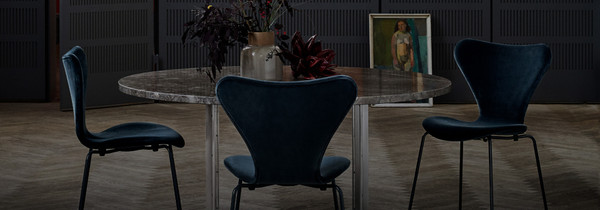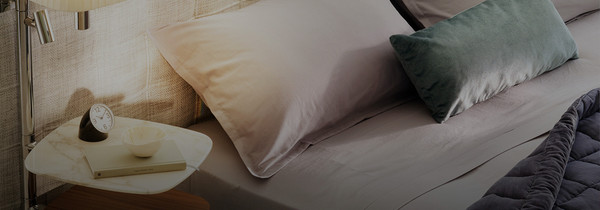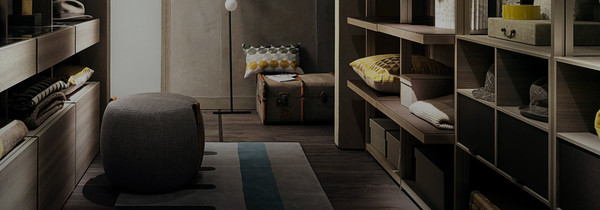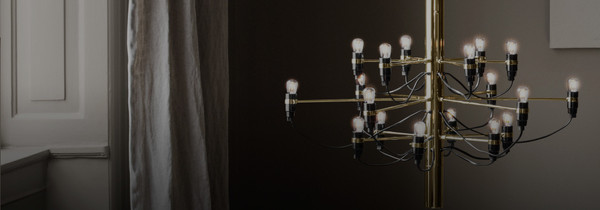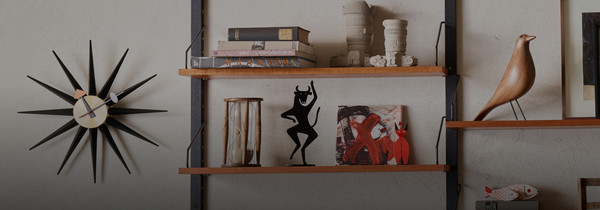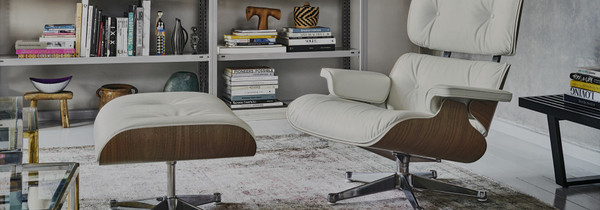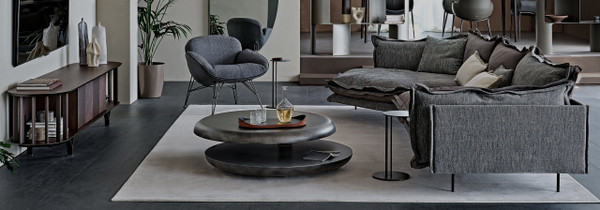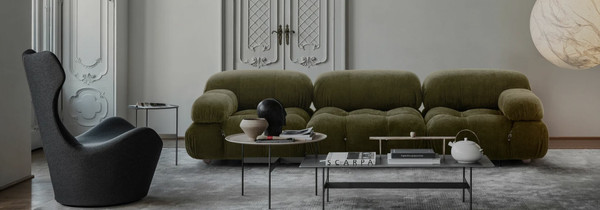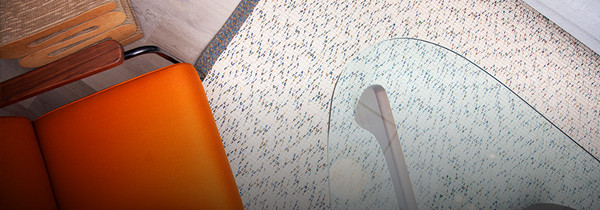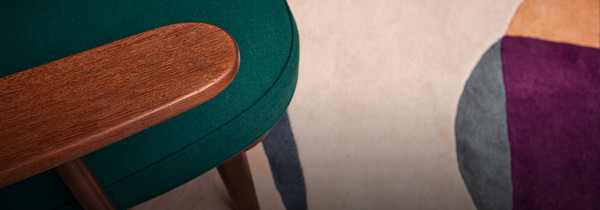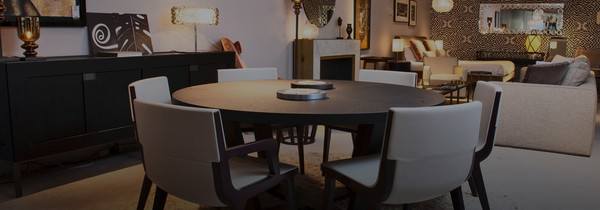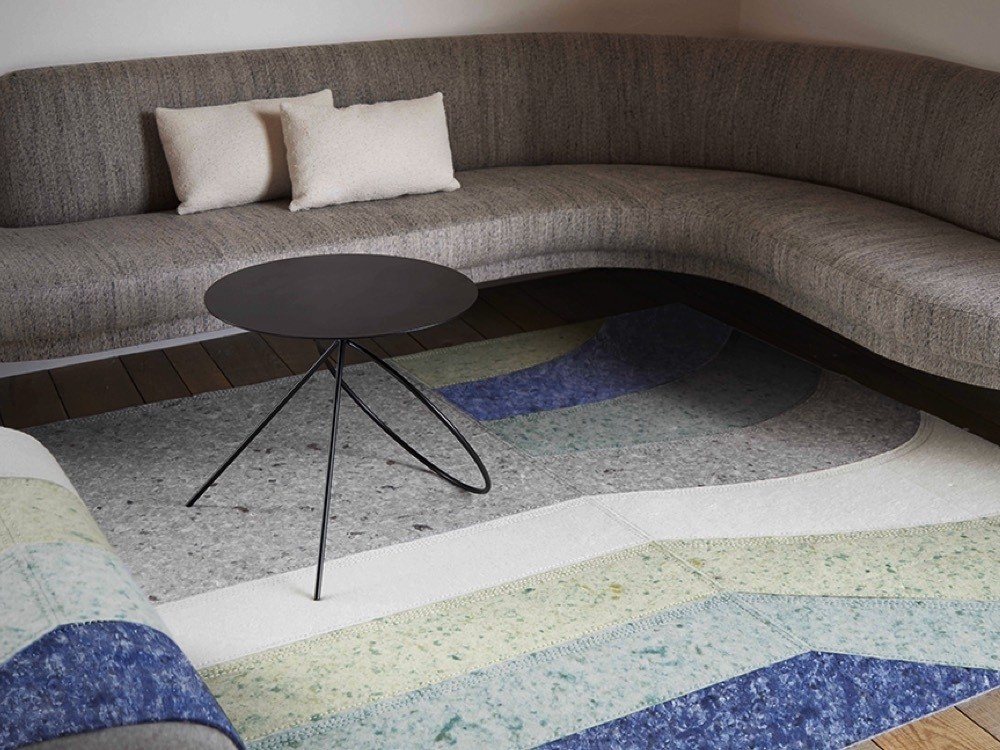
A Design Geek’s Guide To The Last 100 Years of Iconic Furniture & Lighting
This shouldn’t be news to anyone by now but we’re kind of obsessed with iconic design. And we’ll tell you why. Unlike fashion or tech, modern furniture doesn’t become passé in a couple of years. In fact, the very best examples are loved for generations, escaping the ravages of time in a way that only Pharrel, John Legend and (if these photos are legit) Greta Thunburg seem to have swindled.
Confused? It helps if you think of designs not just as a sum of stylish parts but as ideas. Dig into the story of the Wassily Chair and you’ll learn that it’s not just a cool lounger but a declaration of simplicity. Just like the first beanbag wasn’t just a comfy seat but an invitation to a new laissez-faire way of living. But we don’t want to give it away all away in the intro. If you’re a newbie here and don’t know your Saarinen’s from your Eames, prepare for a thorough schooling. If you’re nerdy like us and just want a chance to reminisce on some of the greatest designs of the last century, then welcome aboard, partner.
1920s: The Bauhaus Is Born
The founding of the Bauhaus School of the Arts was an example of designers turning tragedy into triumph. Founded in 1919 in a Germany ravaged by war and reparations, the school’s aim was simple. To unite practioners of the arts and establish a new lexis for modernity. In stripping stuffy furnishings back to the very essentials, they created a new industrial aesthetic based on clean lines and classic materials. When pushed to describe the movement years later, founding father Ludwig Mies Van Der Rohe responded with a (now) familiar phrase: less is more.
1930s: The Era of Experimentation
The desire to define oneself against what has gone before is present in all spheres of public life, but particularly so in design. If the 1920s were defined by essentialism then the 1930s were all about experimentation. Salvador Dali’s forays into surrealism came to life in the form of oversized floor lamps and hypnotic furnishings, each more fantastical than the last. Meanwhile up North, the funkis movement (Scandinavia’s response to Art Deco) was giving way to plush organic shapes like &Tradition‘s Petra. The decade culminated with the explosion of the De Stijl movement in the Netherlands, spearheaded by Gerald Rietveld and best exemplified in his Utrecht chair — all sharp angles and zig zagging geometry.
1940s: A Sculptural Affair
In the 1940s, Europe found itself once again caught in the throes of war. Resources were scarce and designers had to look further afield for inspiration. Good news came in 1945, when Hans J Wegner, under commission for Carl Hansen & Son, designed a series of chairs inspired by the thrones of Chinese Emperors. The CH24 Chair is one the most distinctive designs from the era: a highly sculpted yet comfortable chair identifiable by its shapely Wishbone back. Isamu Noguchi also made waves with his eponymous coffee table. A sculptor at heart, he saw his work as bringing order and meaning to open space through the use of clever juxtapositions. “Everything is sculpture. Any material, any idea without hindrance born into space, I consider sculpture.”
1950s: Furniture Candy
The mid-century marked a watershed moment in contemporary design. Whereas before designers had been limited to regional hothouses of innovation, they were now drawn into the creative orbit of enormous design houses like Vitra and Knoll. For the first time, designers were able to mass-manufacture the designs they created heralding in a new era of democratic design. The use of new materials such as plastic, vinyl and glass was commonplace — leading to colour-popping creations described as “furniture candy”.
Such exuberance didn’t come at the expense of ideas, however. One mid-century pioneer was Eero Saarinen, who set himself the task of resolving what he saw as the “slum of legs” beneath tables and chairs. The pedestal dining set he created was named the Tulip, appearing to many like a gorgeous bloom from the future. It managed the curious double act of taking centre-stage while softly emphasising the items around it. It remains a bestseller until this day.
1960s: Populist Design
The 60s were marked by a distinct revolutionary spirit. Rather than thinking outside of the box, designers seemed to have resolved to do away with it altogether. Verner Panton gave us the first injection moulded chair, crafted from a single sheet of plastic and suitable for use indoors or out. Next came the Sacco bean bag, Zanotta’s laissez-faire response to lounging. As well as the statement styles, most will remember the sixties for the riotous use of colour, inspired by the Hippie movement and the burgeoning sense of personal liberty.
1970s: Modularity Rules
After the hum and thrash of the 60s, we all needed a good sit down. Designers zeroed in on the lounge, bringing forth a series of modular sofas that could be redesigned at will. More than anything, styles like the Togo, Camaleonda and DS-600 gave design lovers agency over their space, while speaking to the multiple ways people were now choosing to connect.
1980s: Memphis Mood
The 80s was hijacked in no uncertain times by the arrival of Ettore Sottsass’ Memphis Group. It chewed up everything from the last seven decades — pop-art, surrealism, geometric shapes — and spat them out back out as bold, graphic furnishings. Those involved claimed that never intended to make history, merely elicit an emotional response. They ended up getting both, garnering a cult following that included the likes of Karl Lagerfield and David Bowie.
1990s: New Horizons
Throughout the 90s, designers sought to renew the domestic landscape with a series of designs that creatively reframed the act of seating, dining and sleeping. No brand did it more originally than Edra. A relative newcomer to the Made in Italy design scene, they first burst onto the Chaplins radar with the Flap Sofa — an undulating leather lounger whose nine sections could be individually reclined. Boasting the grandeur of architecture and the comfort of a custom-fit, Edra’s designs were intriguing puzzles to be unpacked and enjoyed.
2000s: Super Normal Design
Design does not happen in isolation. It is always, as we’ve shown here, a product of its context and time. As the world tiptoed towards the financial crash, there was already a group of designers advocating for a return to more minimalist ideals. Among them was British architect, Jasper Morrison. In 2006, he unveiled his collection of Super Normal designs. The exhibition was anything but ordinary. Rather, it contained objects that functioned so seamlessly that they could be considered intuitive embodiments of a particular idea. This no frills approach caught on, landing him partnerships at both Vitra and Flos where he become known for his super-clean design language.
2010s: The Sky Is The Limit
The tens, as they are now known, saw the return of whimsy. Chairs shaped like spinning tops and lighting collections inspired by jugglers invited fun back into contemporary interiors. One of the best debuts came from GamFratesi, with their award-winning Beetle chair. Produced in collaboration with Danish design house, Gubi, it represented a softening of traditional Scandi style and the introduction of velvet as the upholstery du jour.
2020s: Reinvention
It might seem premature to talk about ideas that are less than a year old, but, in many ways, the objects we think are worth collecting in 2020 have been years in the making. For the most part, they are the designs that have managed to reimagine the manufacturing process altogether, using daring new upcycling methods to ensure a better, cleaner future for all. From plush GAN rugs to the new eco-padding of the LC3 armchair (crafted from recycled sea plastic), they each give new meaning to the idea of longevity — objects that are determined to give more than take from the world.










